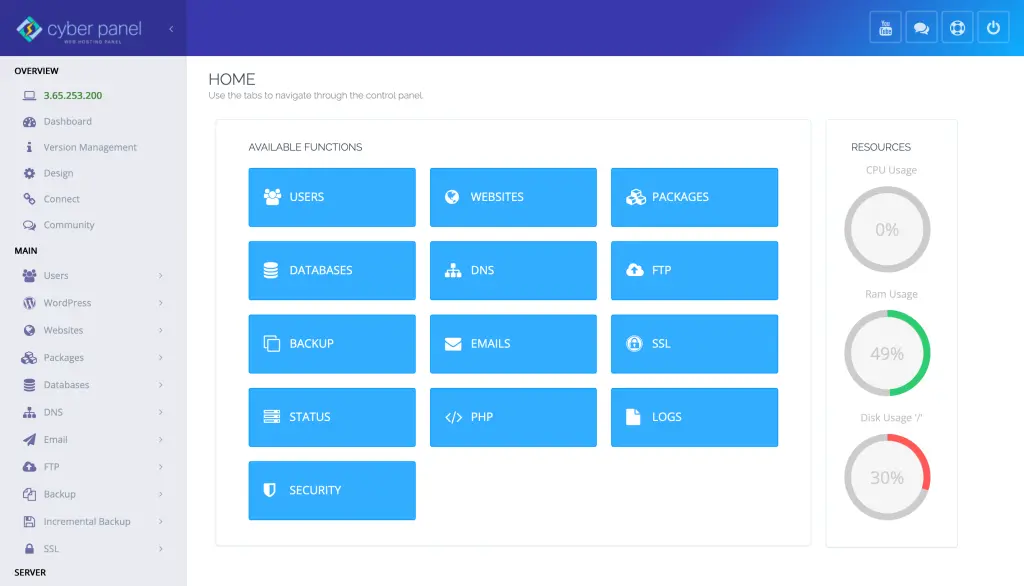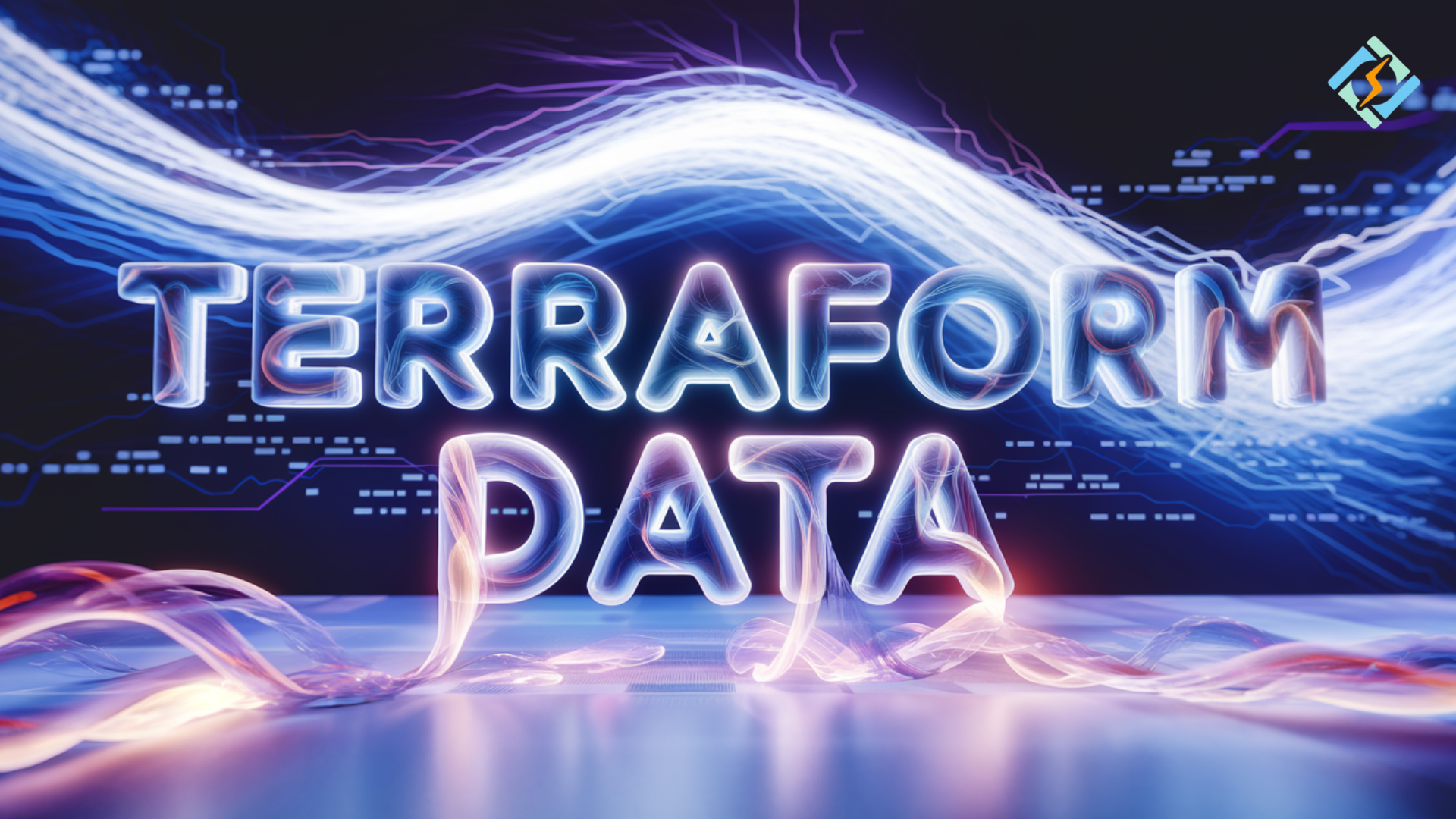Infrastructure as Code (IaC) is revolutionizing how developers and DevOps teams manage cloud infrastructure. a few of the many equipment available, Terraform stands out for its strength and flexibility. One of the key components that makes Terraform so versatile is Terraform data. Whether or not you are coping with existing resources or pulling in external information, getting to know Terraform data blocks is critical for effective cloud automation.
But what precisely is Terraform Data? It allows you to reference the current infrastructure without enhancing it. That is particularly useful in situations in which you need to fetch dynamic facts, inclusive of VPC IDs, AMIs, or RDS clusters that were created outside your Terraform code.
In this complete manual, we will break down Terraform record blocks, their syntax, and realistic use cases like the use of Terraform RDS facts for a 2nd reader. We’ll also dive into Terraform data assets and Terraform record kinds, helping you make your infrastructure code more modular and dynamic. By the end, you’ll have a solid grasp on the way to use Terraform records correctly and efficaciously.
What is Terraform Data?
Terraform information is a read-only construct that lets you fetch and use data about current resources. Unlike aid blocks that create or replace infrastructure, Terraform information blocks are designed to question existing infrastructure or external offerings.
For instance, in case you want to deploy an EC2 instance with the present-day Ubuntu image, you don’t need to manually appear up the AMI id. as a substitute, you could use a Terraform data source to fetch the modern-day AMI dynamically.
Fundamental Example: Fetching the latest Ubuntu AMI
data "aws_ami" "latest_ubuntu" {
most_recent = true
owners = ["099720109477"] # Canonical
filter {
name = "name"
values = ["ubuntu/images/hvm-ssd/ubuntu-focal-20.04-amd64-server-*"]
}
}
output "ubuntu_ami_id" {
value = data.aws_ami.latest_ubuntu.id
}Output
Get exclusive access to all things tech-savvy, and be the first to receive
the latest updates directly in your inbox.
Outputs:
ubuntu_ami_id = "ami-0a313d6098716f372"Use Case: Terraform RDS Data to Second Reader
One strong example is creating a read replica of your current RDS instance. Using terraform RDS data to a second reader, you are able to dynamically retrieve the master DB instance and create a replica without hardcoding IDs.
data "aws_db_instance" "mydb" {
db_instance_identifier = "mydb-instance"
}
resource "aws_db_instance" "mydb_read_replica" {
identifier = "mydb-read-replica"
replicate_source_db = data.aws_db_instance.mydb.id
instance_class = "db.t3.micro"
}Output:
aws_db_instance.mydb_read_replica: Creation completeTerraform Data Source Explained
A Terraform data source is the technique by which Terraform queries external information. Every company (like AWS, Azure, and many others) offers numerous statistical sources. For AWS, you can fetch information about VPCs, Subnets, security groups, and more.
Example:
data "aws_vpc" "default" {
default = true
}
output "vpc_id" {
value = data.aws_vpc.default.id
}Terraform Data Types: Key to Flexibility
Terraform helps diverse data kinds that will let you create sophisticated, flexible infrastructure:
- String
- number
- Bool
- list
- Map
- Set
- object
Example of a complex map:
variable "region_map" {
type = map(string)
default = {
us-east-1 = "US East"
eu-west-1 = "EU West"
}
}
output "region_name" {
value = var.region_map["us-east-1"]
}Best Practices for Using Terraform Data
Using Terraform data efficiently requires a fixed of excellent practices to make certain your infrastructure code remains modular, scalable, and error-free:
- Modularize your infrastructure: place your Terraform state blocks within modules to promote reuse throughout environments (dev, staging, manufacturing). This reduces duplication and makes preservation simpler.
- Use explicit filters: When using data sources like aws_ami, usually specify clear filters (like proprietor IDs and naming conventions) to avoid fetching the wrong resource. This allows hold consistency, specifically in massive teams.
- Leverage Variables with data assets: integrate data blocks with variables for dynamic, environment-based total configurations. For instance, dynamically pull exclusive VPC IDs primarily based on the region.
- Preserve outputs clearly: constantly use meaningful names for outputs derived from Terraform statistics assets. This improves clarity when a couple of humans are working on the codebase.
- Audit often: Periodically audit your Terraform data blocks to ensure they’re still fetching legitimate facts, in particular after the most important cloud provider updates.
- Document the whole thing: Comment on why you’re using a specific information source and its significance. This is especially beneficial whilst operating in groups.
By following these exceptional practices, you may reduce configuration, go with the flow, and make your codebase more sturdy and less complicated to debug.
Common Errors & Solutions
Errors are a natural part of operating with Terraform data, but understanding them can prevent hours of troubleshooting:
Error 1: data source not found
- Cause: This typically happens while a data block is incorrectly defined or the provider is missing.
- Solution: Make certain you’ve initialized the precise provider and that the records block name matches the provider’s documentation.
Error 2: timeout fetching data

- Cause: Network connectivity troubles or wrong permissions.
- Solution: Confirm your cloud credentials, test community settings, and ensure the resource you’re querying exists.
Error 3: invalid attribute
- Cause: You are trying to get entry to an attribute that doesn’t exist for that data source.
- Solution: Double-check the provider documentation to verify valid attributes.
Error 4: empty results
- Cause: Filters are too restrictive or incorrect.
- Solution: Loosen your filters or check if the resource certainly matches your filter criteria.
Error 5: state lock mistakes
- Cause: Some other operation is holding the Terraform state lock.
- Solution: Use terraform force-release carefully or wait for the opposite operation to complete.
Pro Tip: Always run terraform plan before terraform apply to catch potential issues early.
Role of CyberPanel in Terraform Data Integration

CyberPanel, while primarily referred to as a next-generation web hosting control panel, can play a pivotal role in environments that use Terraform data for cloud automation. Here’s how:
- Server Provisioning: You can use CyberPanel’s API endpoints with Terraform’s HTTP or outside statistics sources to fetch stay server data (like IP addresses and DNS zones) dynamically during infrastructure deployment.
- Centralized Control: With the aid of integrating CyberPanel-controlled infrastructure with Terraform records blocks, you may make sure your internet servers, databases, and DNS zones are always in sync, decreasing the danger of configuration drift.
- Computerized Scaling: When using Terraform to spin up new servers or scale resources, CyberPanel can routinely configure and manipulate a one server, ensuring that changes to your Terraform code are immediately applied for your web hosting surroundings.
- Protection & Backups: CyberPanel’s backup and security capabilities can supplement Terraform’s infrastructure deployment with the aid of ensuring that all dynamically created sources are secure and have disaster recovery alternatives.
With the aid of integrating CyberPanel with Terraform’s data-centric method, you streamline each infrastructure provisioning and web application deployment, saving time and reducing manual mistakes.
FAQs
Q1: What is the difference between a Terraform resource and an information block?
Resources create/update infrastructure, whilst data blocks fetch information about the present infrastructure.
Q2: Can Terraform data be used across modules?
Yes, data sources are great for passing dynamic values throughout modules.
Q3: How do I fetch the latest AMI in Terraform?
Use the aws_ami data source with filters to retrieve today’s image.
Q4: What happens if a data source fails?
Terraform will throw errors and prevent the plan/practice manner.
Q5: Can I use Terraform data with a couple of carriers?
Without a doubt! Terraform supports multi-provider setups, and every provider can have its data sources.
Final Thoughts!
Mastering Terraform data is important for growing dynamic and strong infrastructure code. Whether or not you are fetching an AMI, querying VPC info, or putting in an RDS read duplicate, Terraform data sources and data types make your code purifier and more efficient. By following first-rate practices and integrating equipment like CyberPanel, you can raise your cloud infrastructure game to new heights.
Ready to construct Smarter Infrastructure? Discover Terraform’s full capability with CyberPanel to automate and streamline your cloud operations effortlessly!



